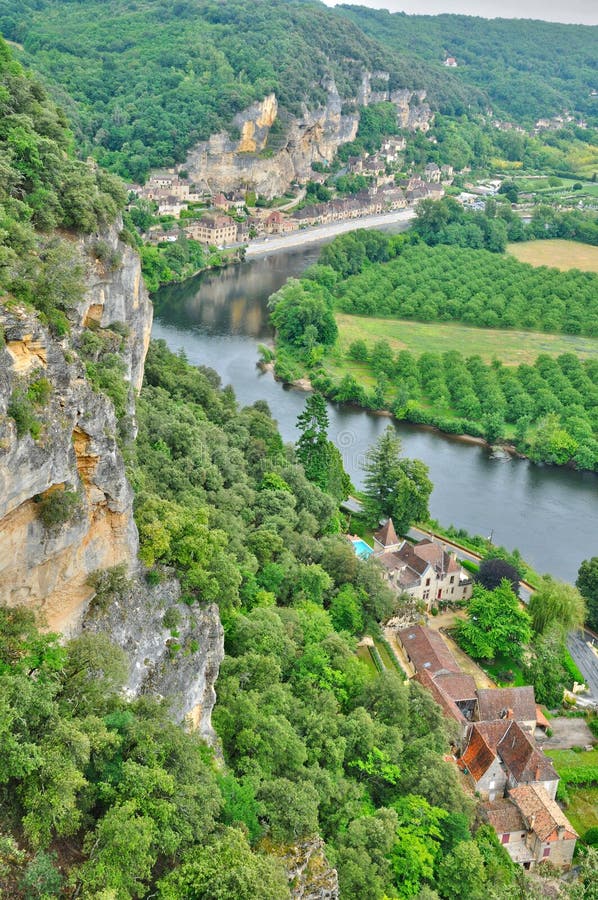

In the Périgord, an astonishing savoir-faire is kept alive by 300 workshops and craft companies. Savoir-faire and craftsmanship in the Dordogne valley In the Périgord, the walnut has a controlled designation of origin, eaten raw or in the form of a delicious nut pie. Together with foie gras, it often makes up the stuffing of turkey ballottines cooked ‘au torchon’. In the heart of the Périgord, the dinner table is an institution! Duck in all its forms graces menus everywhere: confit duck, preserved in its fat (which is also used to cook sarladaise potatoes), duck breast fillets, and foie gras, the star of holiday meals.Įqually famous, the Périgord’s black truffle is sold at markets from December to February. On the restaurant tables in the Dordogne valley On the road to Santiago de Compostela, the village of Buisson-le-Cadouin has a treasure: a Cistercian abbey, of which there remains a magnificent 12th-century Romanesque church and a flamboyant Gothic cloister.

Among the 300 bastides identified, Monpazier is one of the best preserved with its main square lined with arcades, and Beaumont-du-Périgord still has the remains of its fortified wall and a superb medieval gate. This area is also home to bastides, ‘new towns’ created in the 13th and 14th centuries according to an orthogonal plan. Among other classified gardens are the hanging gardens of Marqueyssac in Vézac: laid out on a rocky outcrop, in the spirit of romance, this vast, 22-hectare park offers more than 6 kilometres of walks, punctuated by 150 meticulously pruned trees.Īfter the black Périgord comes the purple Périgord! A colour that the area owes to its vines, including those of Bergerac.

Its elegant lines are reminiscent of the chateaux of the Loire, with French-style gardens and English-style parkland listed as historic monuments. The equally monumental interiors bear witness to the power of the barons of Beynac: rooms decorated with beautiful tapestries, an oratory decorated with sumptuous frescoes, giant kitchens…Įqually notable, the Chateau de Hautefort is one of the rare examples of classical Périgord architecture. Perched on a cliff, the Chateau de Beynac-et-Cazenac is the most emblematic, with its austere facade punctuated by a Roman dungeon. Visiting the Dordogne also means going back to the Middle Ages to discovering its dazzling chateaux built at the time of the Hundred Years War (14th-15th centuries). In the near-150-metre-long gallery, you can stroll among the 2,500 animal figures – horses, cows, bulls and deer, painted and engraved – which have been running across the walls for almost 20,000 years. A lifesize replica of the original cave closed to the public, this truer-than-life reconstruction offers an extraordinary journey to the roots of art. But if you had to choose just one site, it would have to be the cave of Lascaux IV.

Between Montignac and Les Eyzies-de-Tayac is an amazing collection of prehistoric sites and troglodyte dwellings from the Middle Ages. On holiday in the Dordogne, all roads lead to Sarlat-la-Canéda! The heart of the Périgord Noir beats in old Sarlat, whose heritage is unfurled in its narrow streets, medieval squares and Gothic and Renaissance mansions.Īnother must-see is the Vézère Valley, considered the cradle of human presence in Europe. From ornate caves to châteaux and character villages, visitors learn the stories of prehistoric inhabitants, the knights of the Middle Ages and the blossoming of the arts of the Renaissance.Īnd along the Dordogne river, you can savour the flavours of an exceptional terroir: foie gras, duck breast and truffles are all part of the Périgord Noir heritage, and symbols of the French way of life. In the Dordogne Valley, the blonde stone is more than just decoration.


 0 kommentar(er)
0 kommentar(er)
